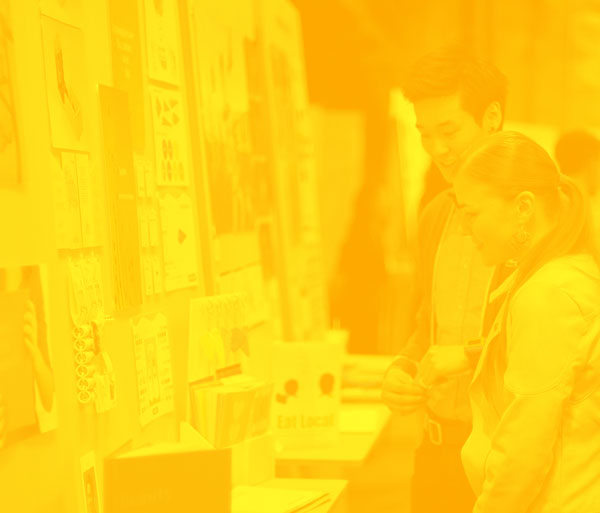
With passions ignited from seeing social media constantly misused as a platform for my peers to complain about the things that they have; I created an infographic pamphlet to give context to and inform young people about the privileges they have in their lives and the need for change in third world countries.
People in the first world have a tendency to complain about there being “nothing to drink!” … not realizing that some countries in the third world really don’t have anything to drink. In reality, 99.8% of Canadians have access to clean water compared to countries like Afghanistan where only have 13% of the population have access to clean water. Canadians spend $20 a day on food and yet we often complain that we are sick of eating out, or tired of the food we have at home. In the poverty stricken Sierra Leone, people have only $1.25 for all of their daily needs. We often see online statuses complaining about having to get up early to go to class meanwhile 53% of our population has completed a post-secondary degree, 65% of Afghanistan’s population is illiterate. When we look at our complaints from a global perspective we realize that we don’t really have a right to complain about those things we call our “problems.

“I don’t have enough dip for my chips but if I open another container I won’t have enough chips for my dip”
Since my source of inspiration for this project came from social media, I began my research on facebook, twitter, instagram, and youtube (how often do you get to do research on social media for a project?!) There I came across a popular Youtube video that became the source of my viral inspired title “First World Problems” or in social media terms, “#fwp”. This hashtag was not only a catchy title for my project, but it later became my call to action asking the user to transform #fwp into a hashtag about their privileges rather than their problems.

A particular problem that I had to address was in developing a digital inspired concept (critiquing use of social media) into a primarily print-based format. My target audience for the piece was the principal users of social media – teens to young adults. This audience, being born and raised in the age of digital, mostly had their eyes glued to their phones, computers, and tvs, so how could I engage them through a printed material as well as inform them about the issue at hand? The answer came in the form of a favourite millennial childhood board game – The Game of Life!

The pamphlet informs through a compare and contrast visual format. Just like the statistics I presented earlier, the information is formed around what the UN defines as the “five basic needs for life” which are food, water, shelter, health, and education. The infographics compare each of these basic needs between first and third world countries and create a stark visual representation.



